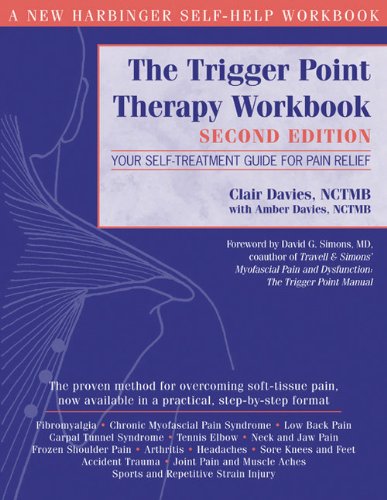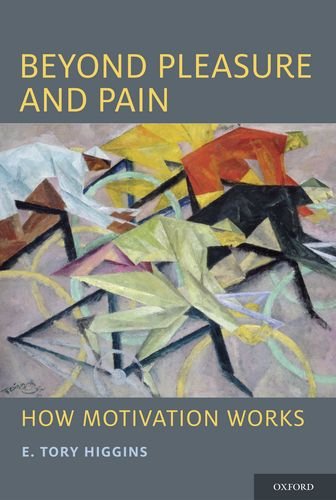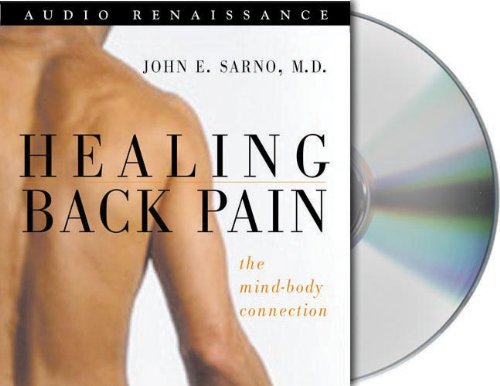
Trigger point therapy is one of the most intriguing and fastest-growing bodywork styles in the world. Medical doctors, chiropractors, physical therapists, and massage therapists are all beginning to use this technique to relieve formerly undiagnosable muscle and joint pain—conditions that studies have shown to be the cause of nearly 25 percent of all doctor visits. The technique involves applying short, repeated massage strokes to trigger points, tiny contraction knots in muscle tissue where restricted circulation and lack of oxygen cause referred pain. Trigger points create pain throughout the body in predictable patterns characteristic to each muscle, producing discomfort ranging from mild to severe. Trigger point massage increases circulation and oxygenation in the area and often produces instant relief.
This dynamic technique has made a huge impact among health professionals and the public alike, becoming an overnight classic in the field of pain relief. The book has sold over 220,000 copies since the release of the first edition in 2001. The second edition is a complete update and includes a new chapter specifically for massage professionals, as well as a chapter on systematic muscle relaxation techniques that can reinforce the therapeutic power of trigger point work.The first edition of this workbook is regarded as a classic in its field, and was the first book to introduce trigger point therapy to the general public as a self-care tool for alleviating chronic pain caused by a variety of conditions, including arthritis, back pain, carpal tunnel syndrome, fibromyalgia, headache, muscle ache, and repetitive strain injuries. As the author makes clear, all such conditions are related to lack of oxygen in exhausted or injured muscle tissue. Trigger point therapy has been used for decades by doctors, pain specialists, and massage therapists to quickly stimulate the flow of oxygen and promote rapid pain reduction. This book makes the same techniques available to the general public with instructions that are easy to follow, and abetted by an extensive collection of charts and corresponding illustrations.
The author’s interest in trigger point therapy began when he used it to successfully treat his frozen shoulder. Since that time, he has dedicated himself to teaching others the same techniques. That dedication is obvious throughout his writing and the care he takes to make the therapy understandable to the lay public. Also included in this new edition is updated information that should be of great interest to pain specialists and bodyworkers, as well as useful instruction in a variety of relaxation techniques. Overall, this book is an excellent self-care resource for anyone interested in pain relief.–Larry Trivieri Jr.








